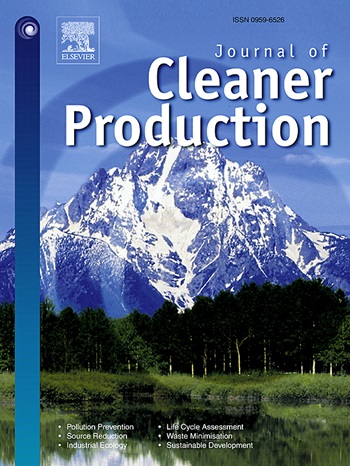Unmanned Aerial Vehicles based low-altitude economy with lifecycle techno-economic-environmental analysis for Sustainable and Smart Cities
IF 9.7
1区 环境科学与生态学
Q1 ENGINEERING, ENVIRONMENTAL
引用次数: 0
Abstract
Low-altitude economy with Unmanned Aerial Vehicles (UAVs) plays significant roles in Sustainable and Smart Cities, while optimal design and lifecycle carbon footprints of UAVs in various application scenarios are still unclear. In this study, UAVs-based low-altitude economy (LAE) has been comprehensively reviewed with lifecycle techno-economic-environmental analysis, including various UAV types (like nano-miniature-small scales, wings and rotors), designs (like solar-powered ultralight, battery-powered and fuel cell-powered UAVs) and advanced controls. In order to promote the development of sustainable and smart city, various applications with UAVs have been formulated, like UAV-based cleaning and watering of plant curtain walls in urban buildings, city-scale planning and heat-island effect, image visualization for PV potential estimation, photovoltaics fault detection and diagnosis, wireless charging and public infrastructure detection, emergency medical and delivery services. Results indicate that fuel cells with high energy density are more competitive than battery and internal combustion engines for UAVs, in terms of wight, cruise and carbon footprint. The carbon offsetting amount during the UAV usage stages (like plant curtain walls in urban buildings, city-scale planning and heat-island effect, image visualization for photovoltaic (PV) potential estimation, photovoltaics detection and diagnosis, etc) can effectively reduce the lifecycle carbon footprint of UAVs. According to latest studies, the lifecycle carbon emission comparison between UAVs and typical diesel delivery vehicles indicates that UAVs released more equivalent carbon dioxide (around 47 times). Policies, standards and regulations in UAV security, data privacy, regulation operation rules, ground infrastructures need to be further implemented to promote UAVs for sustainable low-altitude economies in sustainable and smart cities.求助全文
约1分钟内获得全文
求助全文
来源期刊

Journal of Cleaner Production
环境科学-工程:环境
CiteScore
20.40
自引率
9.00%
发文量
4720
审稿时长
111 days
期刊介绍:
The Journal of Cleaner Production is an international, transdisciplinary journal that addresses and discusses theoretical and practical Cleaner Production, Environmental, and Sustainability issues. It aims to help societies become more sustainable by focusing on the concept of 'Cleaner Production', which aims at preventing waste production and increasing efficiencies in energy, water, resources, and human capital use. The journal serves as a platform for corporations, governments, education institutions, regions, and societies to engage in discussions and research related to Cleaner Production, environmental, and sustainability practices.
 求助内容:
求助内容: 应助结果提醒方式:
应助结果提醒方式:


